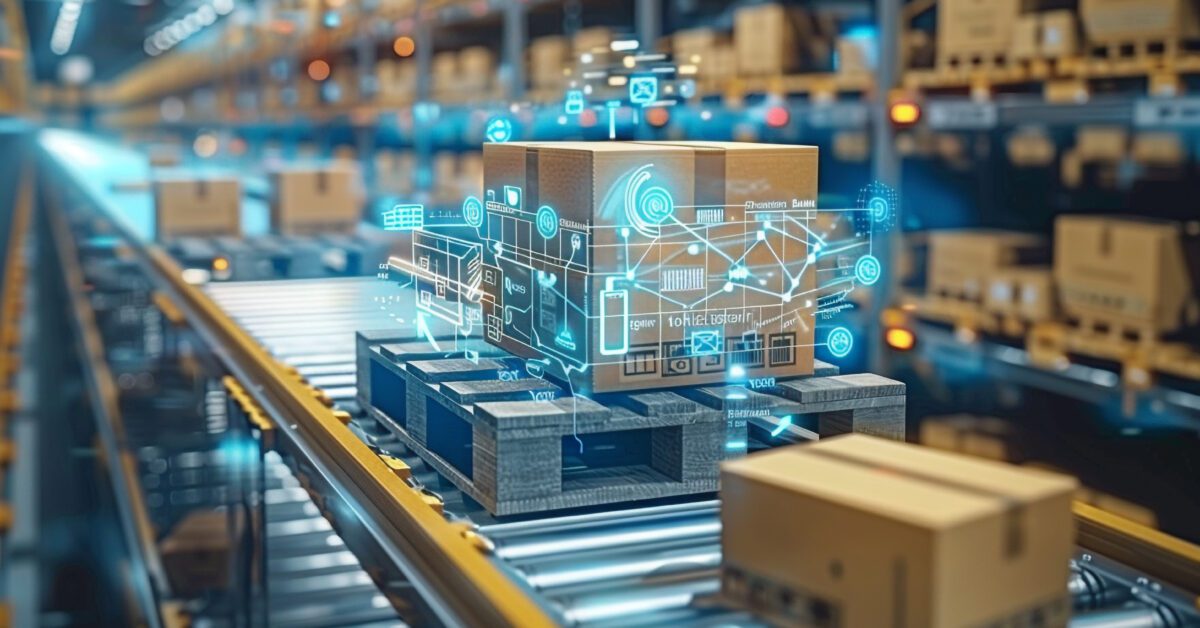
Artificial Intelligence (AI) and Machine Learning (ML) capabilities are cornerstones of the future’s regenerative economic model. The circular economy will be crucial to sustainability, but its principles also offer transformative advantages for OEMs.
Minimizing waste and maximizing resource value are the core tenets of the circular economy, which AI and ML enable in a variety of ways. From intelligently identifying supply chain and resource management inefficiencies, to significantly improving product design, the use cases are extensive.
To put the importance of these two technologies into perspective, AI and ML have the power to enhance every stage of the product lifetime. Forward thinking OEMs that equip themselves with the right AI and ML solutions will gain a competitive edge, become aftermarket leaders, and champion the circular economy era.
In this article, we will explore the relationship between the technologies and the circular economy, starting with lifecycle management:
Product and Service Lifecycle Management
By rapidly sifting through vast datasets pertaining to manufacturing techniques and material properties, AI algorithms can be used to pinpoint weak points in designs. This drastically accelerates the product optimization, with algorithms also able to highlight opportunities to make a components more modular or recyclable.
Machine learning also has a central role to play in enhancing product and service lifecycle management, particularly when it comes to simulation and testing. ML models can be implemented to simulate the performance of design iterations, which equips engineers with the ability to improve product durability and sustainability. Precise, data-driven simulations also allow for a clearer understanding of the environmental impact that manufacturing processes and materials have.
Predictive and Preventative Maintenance
Predictive and preventative maintenance do more than just enhance the stages of a product’s lifetime, but they can significantly increase its total lifespan. AI algorithms embedded in critical machinery can process data in real-time, and anticipate when equipment or machinery is likely to fail. This equips teams to carry out proactive maintenance that prevents disruptive damage and costly downtime.
For instance, a mining company using an AI-powered predictive maintenance solution can monitor the engines, axles, drivetrains and other critical haul truck components. By optimizing maintenance intelligently, the longevity of parts can be increased through routine tasks like lubrication, preventing more expensive replacements caused by limited visibility. This also mitigates breakdowns that could block a haul road and cause an expensive halt in operations.
Supply Chain Optimization
OEMs have faced numerous supply chain disruptions in recent years, and AI-enabled demand forecasting has the potential to significantly increase operational efficiency and resilience. By analyzing market trends and historical sales data, AI algorithms can predict demand patterns with greater precision and help OEMs cut down on excess inventory.
Inventory management solutions powered by ML can be harnessed by OEMs to further optimize their supply chains, using models that dynamically adjust reorder points and order quantities. This is achieved by processing and cross-referencing demand variability data, production capacity information, and lead times. As a result, OEMs can significantly reduce the waste associated with stockouts and excess inventory.
Material and Energy Efficiency
Picture a manufacturer of heavy machinery planning to cut patterns for components from valuable metal resources. Traditionally this comes with costly waste. OEMs that deploy machine learning models geared towards material efficiency can significantly minimize scrap. These models process production data in real-time to identify cutting optimizations, and opportunities to reuse leftover materials.
Many manufacturing facilities use energy inefficiently, especially during off-peak hours. Solutions equipped with tailored AI algorithms can adjust equipment settings dynamically based on sensor data, resulting in significant savings and improved environmental protection.
Tap Into AI and ML Advantages with Syncron
We bring together AI and ML capabilities to enhance Aftermarket Sales and Service Lifecycle Management for OEMs simultaneously. This is made possible by the Syncron SLM platform, a single solution that optimizes contract pricing, parts planning, service execution and warranty management. To become a circular economy trailblazer, get in touch with our experts to find out more about Syncron’s CSX Cloud or download our free whitepaper